Partners in the Spotlight
Selected integrations
AXIS ACAP - Parquery in-camera
Fotokite - Parking & Traffic Surveys
Parquery works with ANY camera
Thanks to the Parquery parking app on the AXIS Camera Application Platform (ACAP), AXIS ARTPEC cameras now provide parking analytics for up to 100 spots per camera.
Within the AXIS Camera Application Platform (ACAP), Parquery's software can now run directly on AXIS cameras. This is similar to installing an app on a smartphone.

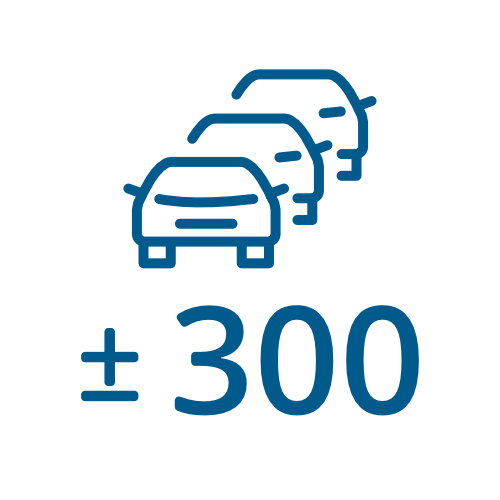
A self-contained optical parking sensor that delivers anonymous occupancy data for up to 300 spots without storing or transmitting images.
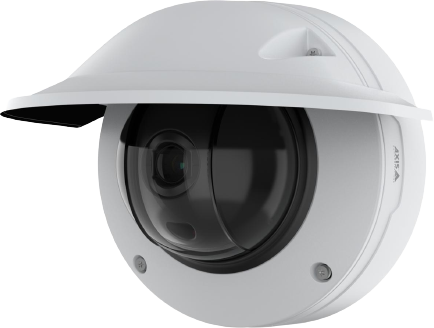
Parquery can be embedded on various Axis cameras with ARTPEC chips.
(Photos © Axis Communications)
Once you have an Axis camera with ARTPEC from generation 6 onwards, Parquery will send you the app to install on the camera. Installing is as easy as adding an app to a smartphone with Axis browser-based camera management software.
The camera can then be installed on-site, and Parquery will calibrate the app for you. As soon as the fine-tuning for your parking lot is done, the results are accessible on the interactive dashboard.
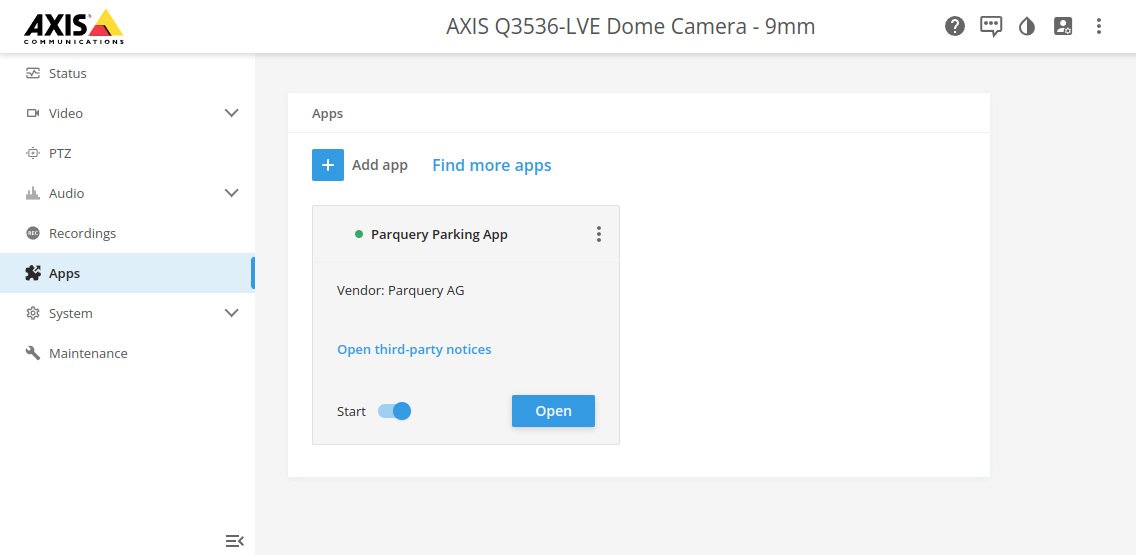
Designed in-house by Axis, the 8th generation ARTPEC system-on-chip (SoC) is Axis’ most advanced chipset. It is specifically designed for IP cameras and deep-learning analytics on the edge (i.e. on-site, in the camera).
The Parking app lets you leverage the power of Parquery's Artificial Intelligence (AI) directly on the camera. It takes full advantage of the chip to process images in-camera with AI and extract parking usage.
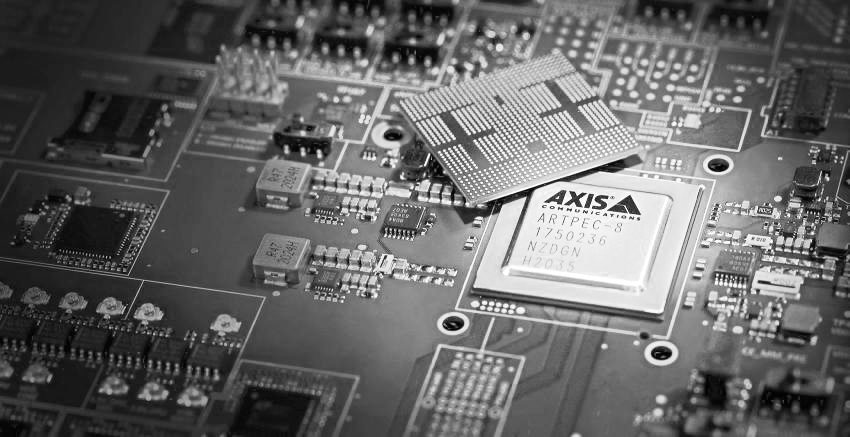
The ARTPEC-8 chip with special AI accelerator for deep learning.
(Photos © Axis Communications)
With edge computing, data is processed where it is generated, i.e., in or near the camera. This has several advantages:
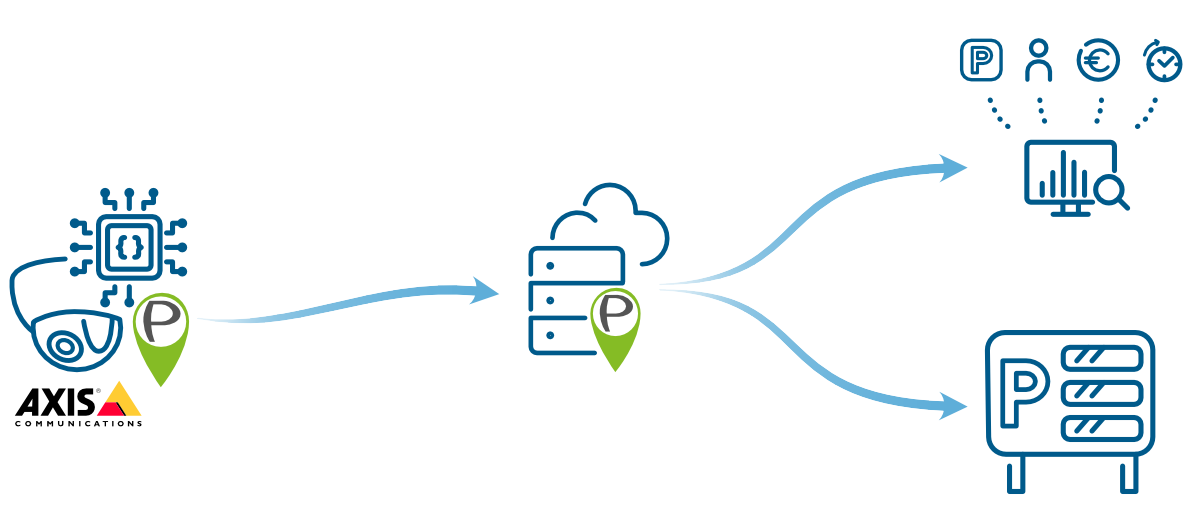
The setup is straightforward: a camera with an internet connection and a server to aggregate the data.
The results can be seen on the dashboard or integrated via the API, e.g. in display panels.
Upgrade and retrofit any camera of any manufacturer with Parquery on-the-edge, without an ARTPEC chip: A powerful tiny computer – a so-called edge device – can be mounted near the camera, e.g. a Raspberry Pi or an NVIDIA Jetson Xavier NX. This way you can use the power of distributed image processing for any camera.
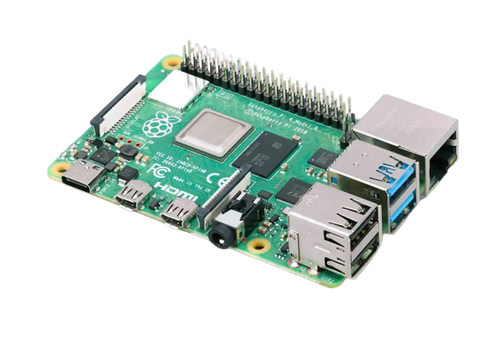
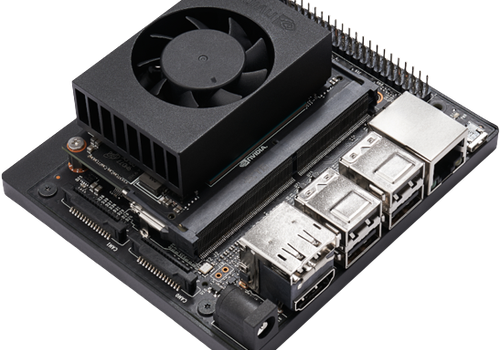
Raspberry Pi 4, and NVIDIA Jetson Xavier NX - energy-efficient, compact machines for edge computing
Parquery offers unique solutions for parking, traffic, logistics, and mobility. We set ourselves apart from our competition with the abilities:
Contact Parquery; we will be on your side throughout.
To get started, our experts will assist you in determining how many cameras are needed, which camera model to choose, and where to install the cameras with 3D modeling of the parking area.
The camera analyzes the images and deletes them once processed. Thus, no image or video data leaves the camera unless requested.

We strictly comply with the European General Data Protection Regulation (GDPR) as well as the Swiss Federal Act on Data Protection (FADP). Our dedicated data protection page explains how and which options are available.
